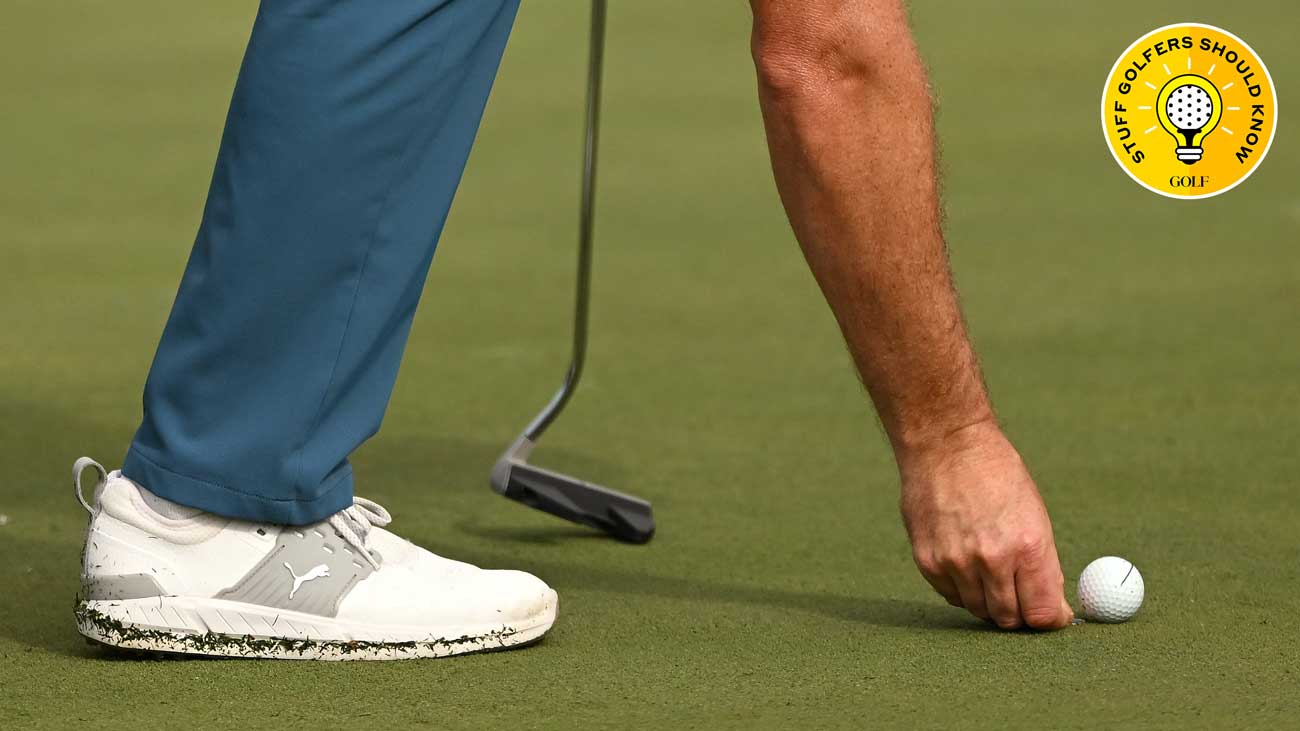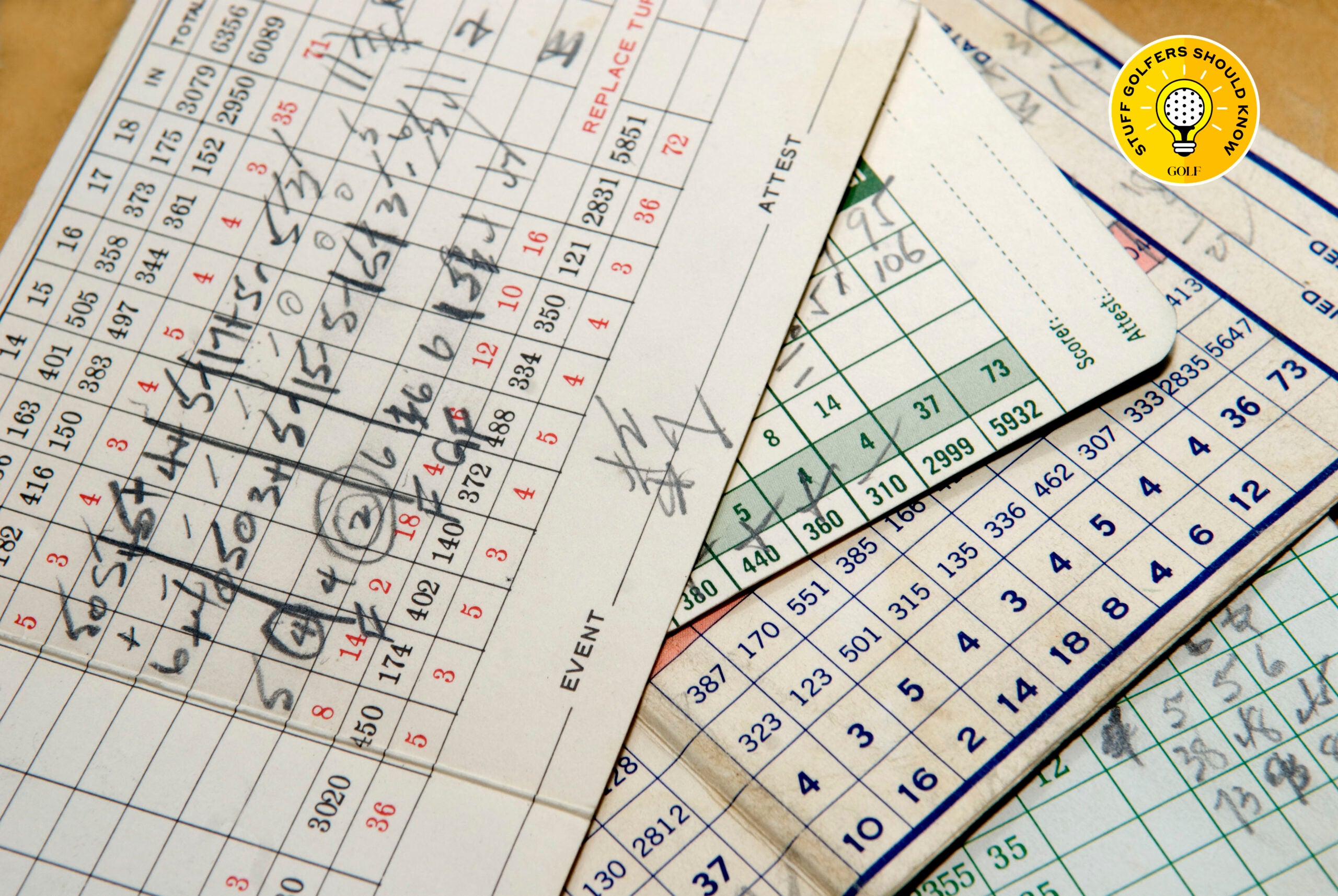Poker chips are okay. So are bottle caps and coins. But twigs, rocks and leaves? Sorry. Those aren’t kosher.
In case you haven’t caught on, we are speaking here about a standard practice in the game we love: marking a ball on the green.
Like a lot of things in golf, the act looks simple. But given how often players get it wrong, it’s worth reviewing the rules.
What can you use as a mark?
Under the Rules of Golf, any number of artificial objects — a beer tab, a tee, the toe of your putter, a lucky penny — are fair game. The key word being artificial. Using a natural object, such as a twig or a leaf, is considered improper marking, and it carries a one-stroke penalty. It is also ill-advised to use, say, a gum wrapper, or anything else that is apt to blow away.
Where should you place the mark?
In front of the ball. Behind it. On either side. Where you place it is not the crucial question. What is critically important is that you mark in such a way that allows you to return your ball to where it was. In that regard, it helps to be consistent. If you’re in the habit of always marking behind the ball, you’re less likely to mess up when it’s time to place the ball back down.
When should you put the mark down, and when should you pick it up?
This should probably go without saying, but we’ll say it anyway. Always put the mark down before you pick your ball up, and then pick the mark up before you make your stroke. If you pick the ball up without marking it first, that’s a one-stroke penalty. Same goes if you make a stroke with the marker still in place.
Women’s PGA contender dinged with penalty for marking ball off greenBy: Jack Hirsh
Are you required to mark the ball on the green?
No. Unless the ball is interfering with play or helping another player. Otherwise, there’s nothing in the rules that requires you to mark your ball.
Another player can always request that you mark. And if you get such a request, you should treat it as a command. Another player might also request that you move your mark out of their line. In that case, find a fixed object in the distance, such as a tree, and use it as reference to move your mark to the left or right, setting down your putter head to ensure an exact measurement. Usually, one putter-length will do the trick, but if you need to move your mark two putter-heads, no problem. Just be sure to measure the same way in reverse when you replace your mark.











